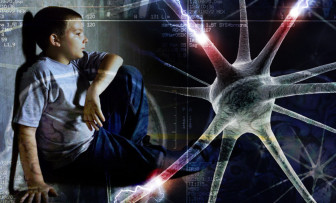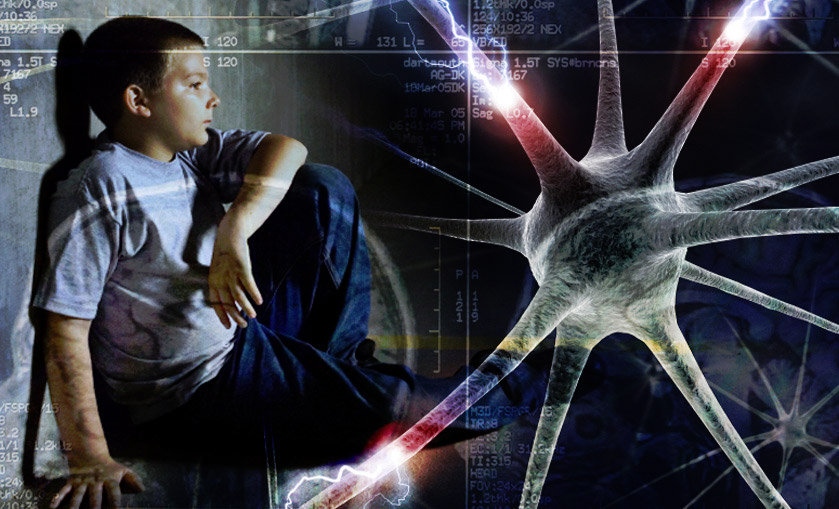 PHOENIX -- Science and legal experts from across the nation gathered at a Phoenix courtroom on Thursday to present research on neuroscience that could help decide future juvenile-committed crimes on Thursday.
PHOENIX -- Science and legal experts from across the nation gathered at a Phoenix courtroom on Thursday to present research on neuroscience that could help decide future juvenile-committed crimes on Thursday.
Arizona State University’s school of law hosted the “Adolescent Brains and Juvenile Justice” national conference, a biennial event, which brought an array of people together from policy-makers to judges. The aim of the event, held at the Sandra Day O’Connor U.S. Courthouse, was to explore research into adolescents’ brain development and the constitutionality of trying minors as adults.
“This is an opportunity to explore the facts,” said Andrew Askland, a director at the law school.
Currently, states such as Georgia can try minors as adults in serious crimes. However, this can create a problem because the brains of adolescents are still developing, in some cases, into their 20s, said Jay Giedd, chief of the Unit on Brain Imaging in the Child Psychiatry Branch at the National Institute of Mental Health, a panelist at the event.
Crimes committed by minors aren’t always done with malice because they can’t fully distinguish right from wrong, said Gina Vincent, an assistant professor at the University of Massachusetts Medical School, another panelist.
In 2010, the U.S. Supreme Court ruled in Graham v. Florida that it is unconstitutional to sentence a minor to life imprisonment without parole for non-homicide offenses. Such a sentence, the court ruled, is a violation of the Eight Amendment which prohibits cruel and unusual punishment.
Askland said the courts are finally using science to explain crimes committed by minors. This, he said, could allow judges to hand down sentences different than those given adults.
“I’m not saying they should go unpunished,” he said. “But maybe punish them differently.”
According to a 2010 ABA Journal article a minor’s intellectual maturity doesn’t fully develop until age 16, but their psychosocial development doesn’t fully mature until they are at least 22. Adolescents, therefore, could make less thoughtful decisions in social settings and are much more vulnerable to peer pressure.
Giedd said the “adolescent’s brain is not broken,” but it is very different from a fully-matured adult brain.
Vincent, the University of Massachusetts professor, said that dealing with minors who have committed crimes is a sensitive issue, because minors’ behavioral habits might change as they grow up.
She said most adult psychopaths would tend to get in trouble when they were children and into their teenage years, but that doesn’t mean children should be diagnosed as psychopaths if the symptoms are there at a young age.
One major symptom of a psychopath is that they lack sympathy and are usually callous, especially when they cause harm to their victim.
“We can be wrong more often than right,” she said, about predicting adolescents’ behavioral patterns as they grow into adulthood. Because “they’re attracted to risk-taking behavior,” but over time their brain can fully mature, she said.
Vincent said that even though psychopath traits can be detected in juveniles, it shouldn’t be a major factor in sentencing the minor.
“The decision is up to the judge, we’re only here to give you the information,” she said.
This story was reported by Uriel Garcia. Reach him at urieljgarcia@gmail.com
